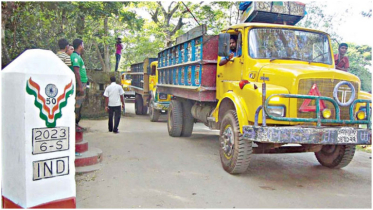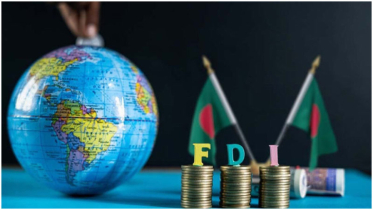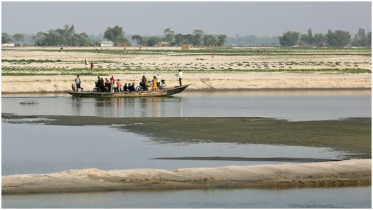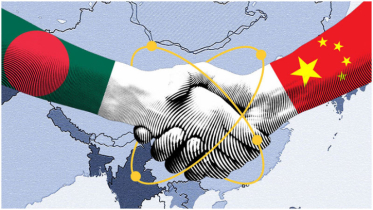Bangladesh's strides in labor rights: A model for sustainable development
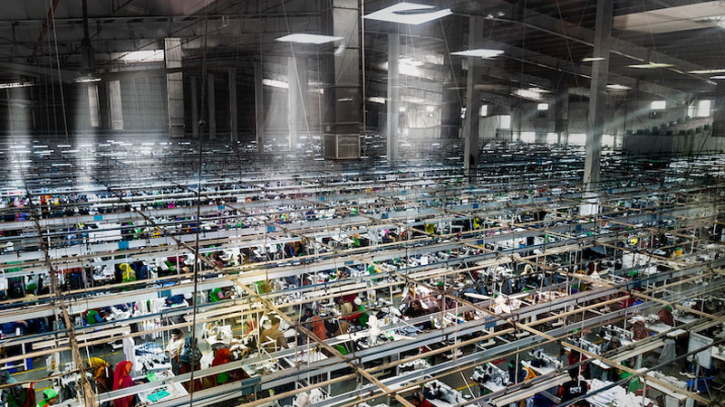
Bangladesh, a country often noted for its robust garment industry and a significant immigrant workforce, has long been under scrutiny for its labor conditions. However, recent years have witnessed a transformative shift, propelled by the government’s concerted efforts to enhance labor rights across various sectors, notably within the ready-made garment (RMG) industry and for immigrant workers. These initiatives not only reflect a commitment to social justice but also underscore Bangladesh’s journey towards sustainable development.
Evolution of labour force since 1970
In 1970, Bangladesh had a predominantly agrarian economy with the majority of its labor force engaged in agricultural activities. Agriculture was the mainstay of the economy, industrialization in Bangladesh was in its infancy at that time with limited industrial activity mainly centered around jute and textile manufacturing.
All of that quickly transformed, with the country experiencing rapid industrialization and urbanization over the past few decades. Bangladesh’s trade liberalization at that time, has today turned the country into an export-oriented economy from its agrarian times.
Bangladesh’s economy now stands on two pillars: RMG sector and remittance so there’s no denying that the countries journey from a Basket case to world’s one of the fastest economies has been possible because of its labour force.
So, the government has always quoted wellbeing of labours a priority of the state. Especially, Bangladesh’s journey towards improving labor conditions, particularly within the RMG sector and for immigrant workers, exemplifies a remarkable transformation driven by political will and proactive policy interventions.
Policy formulation and amendments
Bangladesh formulated NAP (2021-2026), Labor Policy in 2012, Child Labor Elimination Policy in 2010, Labor Act of 2013, Domestic Workers Protection and Welfare Policy 2015, Formulation of hazardous work list for children, National Occupational Health and Safety Policy 2013, formulation of Bangladesh workers’ welfare fund. It has also become easier and less expensive for workers to register Trade Unions, thus helping to safeguard the rights and interests of workers. Now 20% of the total workers of an establishment needed to be members to launch a trade union instead of 30%.
These acts and polices are legal protection of rights of labors which ensure a productive, non-discriminatory, non-exploitative and healthy work environment for all active citizens. Notably, the Child Labor Elimination Policy was formed to address the malaise of child labor and to protect children from risky jobs. It has made a target of eliminating all types of child labor by 2025.
RMG sectors progress on worker safety
Historically, the RMG sector has been both a boon and a bane for Bangladesh. While it significantly contributes to the country’s economy and employment, it has also faced criticism for labor exploitation and unsafe working conditions. However, the government’s proactive measures have led to tangible improvements.
Bangladesh passed Labor Act in 2006 and it was amended in 2018 to update with the contemporary world. The amended Act makes it mandatory to form a Safety Committee and an Elected Participation Committee in every factory. Subsequent amendments have set the groundwork for safeguarding workers’ rights, ensuring fair wages, reasonable working hours, and improved safety standards. On 2022, Bangladesh’ ministry of labour and employment even launched a pilot for an employment injury scheme in collaboration with the International Labour Organization for ready-made garment (RMG) workers
In addition, the minimum wage in the garment industry has been increased by 381 percent since 2010. Even during corona, the government continued financial assistance to unemployed and distressed workers in the export-oriented garment and leather goods and footwear industries.
The establishment of the Accord on Fire and Building Safety and the Alliance for Bangladesh Worker Safety, in response to the Rana Plaza tragedy in 2013, exemplifies Bangladesh’s commitment to enhancing workplace safety. These initiatives, in collaboration with international stakeholders, have resulted in significant improvements in building safety and structural integrity, fostering a safer working environment for millions of garment workers.
Bangladesh has also made commendable strides in empowering labor unions and promoting collective bargaining rights, essential components of a democratic labor market. The government’s recognition of the Bangladesh Garment Manufacturers and Exporters Association (BGMEA) and the Bangladesh Knitwear Manufacturers and Exporters Association (BKMEA) as legitimate entities for representing workers’ interests has facilitated constructive dialogue between employers and employees, leading to the resolution of grievances and the implementation of equitable labor practices.
Vulnerable immigrant workers
In addition to reforms within the RMG sector, Bangladesh has also prioritized the protection of immigrant workers, acknowledging their invaluable contributions to the economy. With millions of Bangladeshi nationals working abroad, particularly in the Middle East and Southeast Asia, ensuring their welfare has become imperative. The government has implemented various measures, including the Overseas Employment and Migrants Act of 2013, to regulate recruitment agencies, curb exploitation, and provide support services for migrant workers.
The establishment of the Wage Earners Welfare Board (WEWB) and initiatives like the Probashi Kallyan Bank reflect Bangladesh’s commitment to addressing the socio-economic challenges faced by migrant workers and their families. These efforts encompass financial assistance, skills development programs, and reintegration support, enhancing the overall well-being and resilience of migrant communities.
Security and social justice for all workers
As part of the efforts to ensure a decent work environment for workers, the “National Occupational Health and Safety related Research and Training Institute” is being constructed in Rajshahi. Two multi-storied working women’s hostels have been constructed at Kalurghat in Chittagong and at the port of Narayanganj to ensure safe accommodation for women workers. Around the clock toll free helpline (16357) has been launched to receive complaints, redressal of complaints and provide necessary advice to workers regarding any problem.
Bangladesh’s progress in improving labor conditions is not merely a moral obligation but also a strategic imperative for sustainable development. By prioritizing the welfare of its workforce, the country cultivates a conducive environment for economic growth, foreign investment, and social stability. Moreover, adherence to international labor standards enhances Bangladesh’s reputation as a responsible global player, fostering mutually beneficial partnerships with trading partners and multilateral organizations.
As Bangladesh nears graduation from Least Developed Country status by 2026, it must address labor market and employment issues to avoid stagnation. The government’s efforts have shown progress, but policy formulation and timely implementation are crucial for sustainable growth.
Writer: Sadia Aktar Korobi is a Student, Peace and Conflict Studies (MSS), Dhaka University, Bangladesh.
Source: Eurasia Review
.png)

